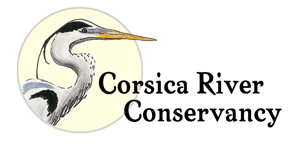Bay grasses, known as submerged aquatic vegetation (SAV), are making a comeback in the Bay according to recent data from monitoring officials at the Virginia Institute of Marine Science and reported in the Bay Journal https://www.bayjournal.com/news/wildlife_habitat/chesapeakes-underwater-grasses-expanded-12-in-2022-but-remain-far-from-goal/article_b50f3bb4-173f-11ee-b9c9-b36c4a257333.html. But eel grass has been replaced by widgeon grass as the most predominant variety. https://www.bayjournal.com/news/wildlife_habitat/study-crowns-widgeon-grass-as-chesapeakes-new-top-seagrass-species/article_87917d7c-1740-11ee-9bba-0b3e84fcbc8f.html
Both of these phenomenon are greatly affected by temperature and associated salinity levels as well as water clarity and quality, which means there can be great variation from year to year. The negative impacts of excessive sediment and pollution on underwater grasses have been clearly documented but the long-term effects of changing weather patterns is not yet known.
Bay grasses provide important habitat for juvenile blue crabs and fish and food for waterfowl. The plants pump oxygen into the water, their roots help stabilize sediment, and their leaves buffer wave action.
CRC volunteers work with ShoreRivers to monitor SAV around the Corsica and Chester rivers. You can do your part by ensuring that sediment is held on the land, not running off into streams and rivers, and by advocating for clean water policies with your local officials.
